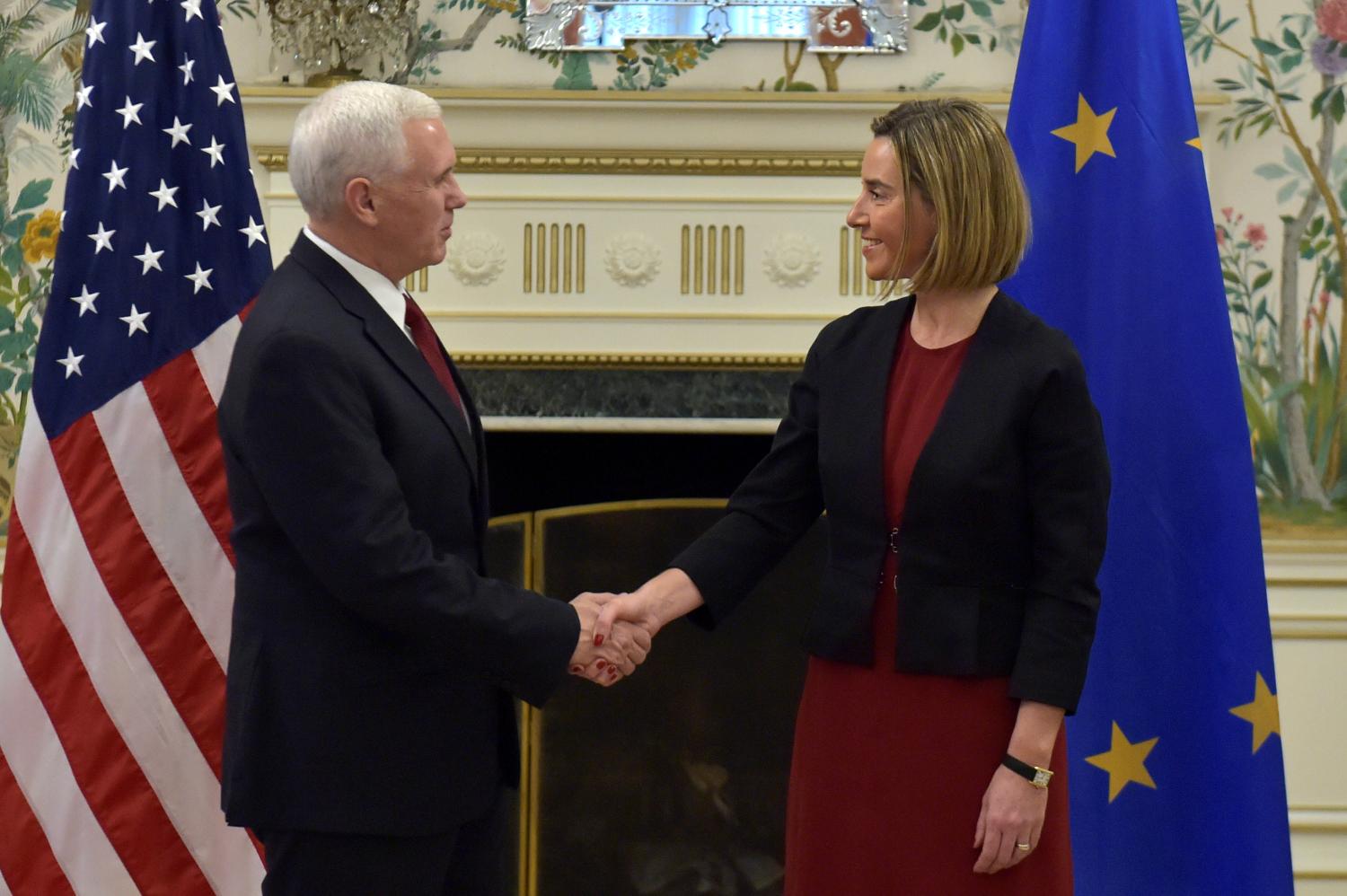I just returned from South Korea, where Brookings and the Korea Research Institute for Strategy co-sponsored a conference on cooperation between the United States and the Republic of Korea in preparing for the unification of the Korean Peninsula. The conference addressed a number of questions: how soon and in what way will unification take place; what’s the impact of recent political turmoil in North Korea, and what will be the role of China.
A subtext of the conference was the difference, when it comes to Korea, between unification and integration. Unification refers to the formal, legal end to the post-World War II division of the Korean Peninsula, combining the Republic of Korea (ROK) in the south and the Democratic People’s Republic (DPRK) in the north. Integration refers to the process by which the very different economic, political, social, and cultural systems on the two sides of the Demilitarized Zone are knit back together. (An analogy: the United States was reunified after the Civil War, but the southern states that had seceded were not reintegrated into the nation for at least another century.)
Korean unification has often seemed like a bridge too far. The ROK and DPRK have been adversaries for decades, each with its own formula for unification based on conflicting values. Each sought to triumph over the other. As difficult as unification has been, however, integration will likely be a lot harder. South Korea is a vibrant democracy with a thriving capitalist economy and a lively, cosmopolitan culture. North Korea is a fairly brutal totalitarian system with a state-dominated economy and state-imposed caste system. The South has excelled at being a part of the international system; the North has cut itself off. Each country is very Korean, but in very different ways. When the time comes, integration will require the re-wiring of the two systems. The degree of change will likely be far-reaching in the North, and be especially difficult if it comes after some sort of regime collapse.
There have been competing ideas about whether unification or integration will come first. The Western European example, which apparently animated South Korea’s policy for a couple of decades, was that integration would come first and gradually create an environment in which unification could occur. The “sunshine policy” of the late Kim Dae Jung, who served as president of the ROK from 1998 to 2003 was the prime expression of this integration-first approach. The hope in the South was (and still is) that unification would be the end result of a gradual, negotiated and peaceful process in which the DPRK would accommodate to and be absorbed by the ROK.
In the alternative scenario, unification comes first but occurs after some convulsive, abrupt, and probably violent chain of events in the North, as the change-resistant system collapses of its own weight. Integration follows unification. The DPRK becomes, in effect, the defeated ward of the ROK, which must manage and underwrite the protracted rehabilitation and assimilation of a failed system and a people who have been cut off from the world for decades.
I don’t know which sequence the Peninsula will follow. Integration-then-unification would probably be easier for both parts of the Peninsula, but because the leaders of the North refuse to admit that their policies have failed, unification-then-integration seems more likely.
The Brookings Institution is committed to quality, independence, and impact.
We are supported by a diverse array of funders. In line with our values and policies, each Brookings publication represents the sole views of its author(s).




Commentary
Korea: Surprising Excitement about Unification (Part 2)
January 24, 2014